
Loch Calavie, a small lake near Scotland’s west coast where the author camped alone on a gravel beach. (David Brown/For The Washington Post)
Two ridges of heather and grass rosed up on either side of a narrow lake, like weathered hands scooping a drink of water. The blue sky was furrowed with clouds as bright as the patches of snow on the mountains in the distance. A gravel beach, wide enough for a few tents, etched a parenthesis in the distance.
It was my first day out on a walk across Scotland, and I’d stumbled upon one of the most beautiful camping spots I’d ever seen. As I pitched the tent and made dinner, the light fading with arctic slowness, I kept hoping somebody would arrive to share the place with me. But nobody did. It was all mine, for better or worse.
That’s how it was for much of the next 13 days. Backpacking across Scotland, if you go alone, as I did, is an exercise in beauty, solitude and expectancy.
I made this trip in May as part of an annual event called The Great Outdoors Challenge. Named for the British outdoor magazine that sponsors it and organized by a small army of volunteers, the Challenge helps about 300 people traverse the country, from west to east. The hikers (or “Challengers,” as they call themselves) don’t all take the same route, or even a few established ones. There are no equivalents of the Appalachian Trail or the Pacific Crest Trail to follow. Instead, they custom-build routes from local hiking trails, farm and forest roads, ATV tracks, military roads built in the 18th century, and drovers’ and hunters’ trails that are even older.
Everyone leaves from one of 13 designated starting places on the west coast and finishes 13 or 14 days later on the east, traditionally by wading into the North Sea. They then make their way to Montrose, a seaside town where a celebratory banquet is held in a hotel.
You have to apply, pay a small fee and convince the organizers you’re fit before you’re accepted into the Challenge. The chief advantage of participation is the advice provided by a dozen veteran hikers, who review and approve every route — more than 200 different ones this year. These experts tell you which footbridges have been washed away, what streams are too dangerous to ford after heavy rains, where the good camping spots are, what sights not to miss.
My route was about 200 miles long. Even though it took me to a B&B or hostel about every third night, I was mostly on a camping trip — and a long one. I had to carry what I needed on my back, and be prepared for anything, including snow.
There are easier ways to hike in Scotland. The Challenge is simply an extreme version of what is Scotland’s national pastime: “hillwalking.” The country’s Outdoor Access Code allows people to walk and pitch tents on both public and private land. (There are a few exceptions, such as the British royal family’s Balmoral Estate.) All a walker has to do is stay away from crop fields, animals and buildings.
I walked 10 to 17 miles a day, with each day’s uphill sections averaging about 2,000 vertical feet. It took a lot of planning and was hard enough that I took an unscheduled rest day halfway through. But the payoff was huge. There aren’t a lot of places where you can walk sea-to-sea across a country that is beautiful, exotic and English-speaking. Scotland is one.

Although many people follow a route by GPS on a handheld device for the Challenge, carrying paper maps is also strongly advised. (David Brown)
I flew to Glasgow and took a train to Strathcarron, my starting point. It’s a hamlet at the end of a finger-shaped “sea loch” consisting of a hotel and two blocks of whitewashed houses.
That part of Scotland is the same latitude as southern Alaska, so only a few weeks before the summer solstice, daylight wasn’t going to be a problem. I couldn’t say the same for the 40 pounds on my back. As I headed down the road and then into the hills on the first morning, I excused the weight by telling myself I had seven pounds of electronics — I was writing a blog — as well as four days of food. Over the next two weeks, however, I learned that some people somehow made the crossing with only half what I carried.
The Highlands were deforested centuries ago, which gives them a big-sky look that rivals Montana and Wyoming. But while lack of water shapes the American West, it’s the abundance of water that has made the Highlands.
It rains a lot. Sometimes for minutes, sometimes for days. The ground can be boggy even on hillsides, as hikers taking off-trail shortcuts soon discover. There isn’t a lot of bare rock (other than ruins of cottages) because things get grown over by moss, grass and heather. The end product of all the vegetation is peat, the Highlands’ wood-substitute. Huge banks of it sometimes erode into what look like surfable waves — frozen black fronts, topped with a grassy curl.
 Ruins of tenants’ cottages fill the Highlands of Scotland. (David Brown)
Ruins of tenants’ cottages fill the Highlands of Scotland. (David Brown)
One advantage of all the water is that you don’t have to carry any. Wherever you are, there’s a cold, clear, drinkable stream within a hundred yards or so. Not to mention lots of lakes, such as Loch Calavie, the gem I stumbled upon the first night.
With few trees and no jagged mountains, the Highlands are hard to get lost in. Of course, it’s different if you’re in fog or a snowstorm, but luckily the weather was clear for most of my time there. The first four days I walked down valleys and over ridges, scattering sheep, rabbits and grouse, and seeing almost no one.
The emptiness lent sweetness to the moments when a person did appear on the path, offering a few minutes of conversation, an exchange of gorp or hard candy and, occasionally, hours of companionship. Hillwalking creates a fraternity even for solo walkers (which 140 of the 298 participants this year were). That, in turn, gives Challengers permission to inquire about a fellow walker’s life, and to synopsize their own.
If you don’t want company, you can just walk on, no excuses necessary. But if you do, the Challenge can become a Canterbury Tales of interesting characters and encounters.
I walked through a rare patch of forest in the drizzle with a 75-year-old retired surgeon — a woman — whose career had been solo gigs on Hebridean islands and other far-flung spots, filling in for doctors needing a break. I spent a morning with a woman my age — 60s — who told me about growing up in postwar England, where margarine and marmalade were rationed and her house had an outdoor privy. Nothing, however, epitomized trail society better than my day with Stevie, a 56-year-old paving contractor from a town south of Glasgow.
I’d camped on the bank of the River Findhorn. Sheep grazed in a pasture that went up a ridge to where the umber heather began. I encountered Stevie when I got to the gate to the farm road that went up and over the ridge to a river valley 15 miles away. He was changing clothes and getting ready for a strenuous climb. Muscular and taciturn, he carried a backpack half the size of mine.
I thought about waiting, but I figured he’d be a fast walker, so I told him I’d see him on the trail. For the rest of the day we played tortoise-and-hare, catching and passing each other and exchanging snippets of conversation.
His father had been a bus driver, he told me, and his father’s father, too. He learned to love the outdoors when the family would rent a cottage in the mountains for two weeks in the summer and he would run around with his shoes off. From an aunt, he said, “I learned to love wild birds.” He described some he’d seen in the last few days, including the once-endangered red kite. He was married once (“it wasn’t for me”) and has no children (“my one slight regret”).
When he was young, he walked with his brother and a cousin. Often it was nothing more than “a rush to get to the next town and the next bar.” As he got older he went alone, often with only a rough idea of a route. A few days before we met, he’d gone over four 3,000-foot summits in a day, stumbling into his tent after dark with just enough energy to make tea before falling asleep.
Recently, however, he’d started enjoying the company of others. He’d walked with two Germans for a day early in the Challenge. When we got to Aviemore, our mutual destination for the day, he hoped to rendezvous with a woman he’d met on the walk the previous year. “I’m learning new habits,” he said with surprise in his voice.
Nevertheless, when he wanted to go on, he did. No waiting for the American with the obese pack.
By midafternoon I figured I’d seen the last of him until I got to a long abandoned stone cottage called the Red Bothy. In the lee of the building he was having a lie-down with his boots off. We chatted briefly until I said I had to get more miles behind me. He nodded understandingly: “You go’ qui’ a big ki’.” Quite a big kit— yes, that would describe it.
He caught up to me an hour later where the road went over a divide into the watershed of the snowy Cairngorm Mountains. We sat on stone pylons in the sun and looked back at a hill we’d come over separately in the morning. It seemed an impossible distance away.
“I like being in the moment,” Stevie said, getting suddenly philosophical. “But it’s on reflection that it’s frigging brilliant. In a few weeks you forget the pain and remember only the beautiful days. And this might be one of them.”
I couldn’t have agreed more.
We got up and walked, but this time he didn’t go ahead. We descended into Aviemore together and then went our separate ways.
I saw Stevie three days later in Ballater, my next village port-of-call. He and the woman he’d been hoping to meet were in a pub near my hostel, and he greeted me like an old friend. Which, in the strange time-dilation of the trail, I was.
There are few obvious dangers on a wall across Scotland. The Highlands require no technical climbing; the ground is padded like a gym mat; the spring and summer days are forgivingly long. There are no bears and only one species of poisonous snake. But that doesn’t mean there isn’t discomfort, as I found in the Cairngorms on the hardest day of my walk.
Like New Hampshire’s White Mountains, the Cairngorms aren’t terribly high, but they have harsh and changeable weather that is occasionally fatal to the ill-prepared and unlucky. At 2 in the afternoon, in the rain and with many miles already under my belt that day, I headed over one of the range’s plateaus to a place called the Fords of Avon.
For four hours I climbed a stony and windy trail that got stonier and windier the higher it went. Gusts staggered me. I ended up wearing almost all the clothing I’d brought — fleece, rain jacket, hat, mittens.
A peculiar attribute of Scotland’s round, bare hills is that you can rarely see the tops from below. What appears to be a summit turns out to be only the brow of a ridge, with another ascent beyond. That was the case on this climb. It seemed to go on forever.
When the ground finally leveled off, I estimated the wind was blowing about 50 mph and the temperature was in the high 30s. The grass tussocks were blown flat and the trail was littered with pink granite boulders. The descent, as I looked ahead, was going to have its own ups and downs.
When I got to my planned camping spot at 7:30 it was still raining, and blowing so hard it was difficult to pitch a tent. I was “proper knackered” — totally exhausted. Three or four tents were clustered around a wooden box one-third the size of a shipping container that serves as an emergency shelter for hikers and skiers. Inside, people were finishing dinner. Among them were two first-time Challengers — a 69-year-old nurse, Stella, and a 70-year-old retired professor of social work, Viv.
At some point in the evening, the conversation got around to why so many older people are eager (and able) to walk with a backpack for two weeks. Of the 298 people who started the Challenge this year, only 30 didn’t finish. The median age of participants is over 55 years, with a range from 22 to 85. The theories offered were thoughtful and observant.
“There’s the ‘Rage, rage against the dying of the light.’ ”
“When you get old you have a kind of freedom. You stop being essential to other people’s lives.”
“In a way, you’ve got more stamina when you’re older. Or more determination and patience.”
“If you’ve gotten to a certain age, you’ve had all sorts of ups and downs. You have confidence that things will work out. That you’ll be warm and dry in the end.”
Which was all true, even that day.
Eventually, walking east, the land gets less wild, less hilly, less monochromatic. Lichen-covered ruins become rare, more towns appear, and there’s no avoiding paved road some of the time. Horses and cattle join sheep in the pastures. Fields of rapeseed and a thorny bush called gorse produce yellow flowers as bright as you’ll see anywhere.
Eventually you come over a hill and ahead see not more hills, but the North Sea.
As I descended the last hill to the town of Stonehaven, my route’s destination, I stopped to slip a bunch of empty food packages into a trash bin at the end of someone’s driveway. (It’s never too late to lighten the load!) A car coming up the hill stopped. I thought the driver might chastise me, but instead, he wanted to congratulate me (he’d seen other Challengers) and suggest I go to a particular fish-and-chips shop in town to celebrate. Which I did.
That night at the dinner in Montrose I sat across from a 31-year-old American woman who is an “ultralight” hiker. Her loaded backpack without food weighs 10 pounds. She carries no tent (only a ground sheet and tarp), no stove and a tiny sleeping bag. She hikes six months of the year, supporting herself with IT jobs in the offseason.
She couldn’t be more different from me. Yet in her desire to test limits in a beautiful landscape I recognized a kindred spirit.
At my age of 63, there are a lot of things that are no longer likely or possible. I’ll probably never go up Mount Kilimanjaro or run another marathon. I won’t spend a winter crewing on boats in the Caribbean. Won’t learn to play the piano. Might learn another language, although that’s a long shot.
But I’ll tell you one thing that is possible. You can walk across Scotland and put your feet in the sea.

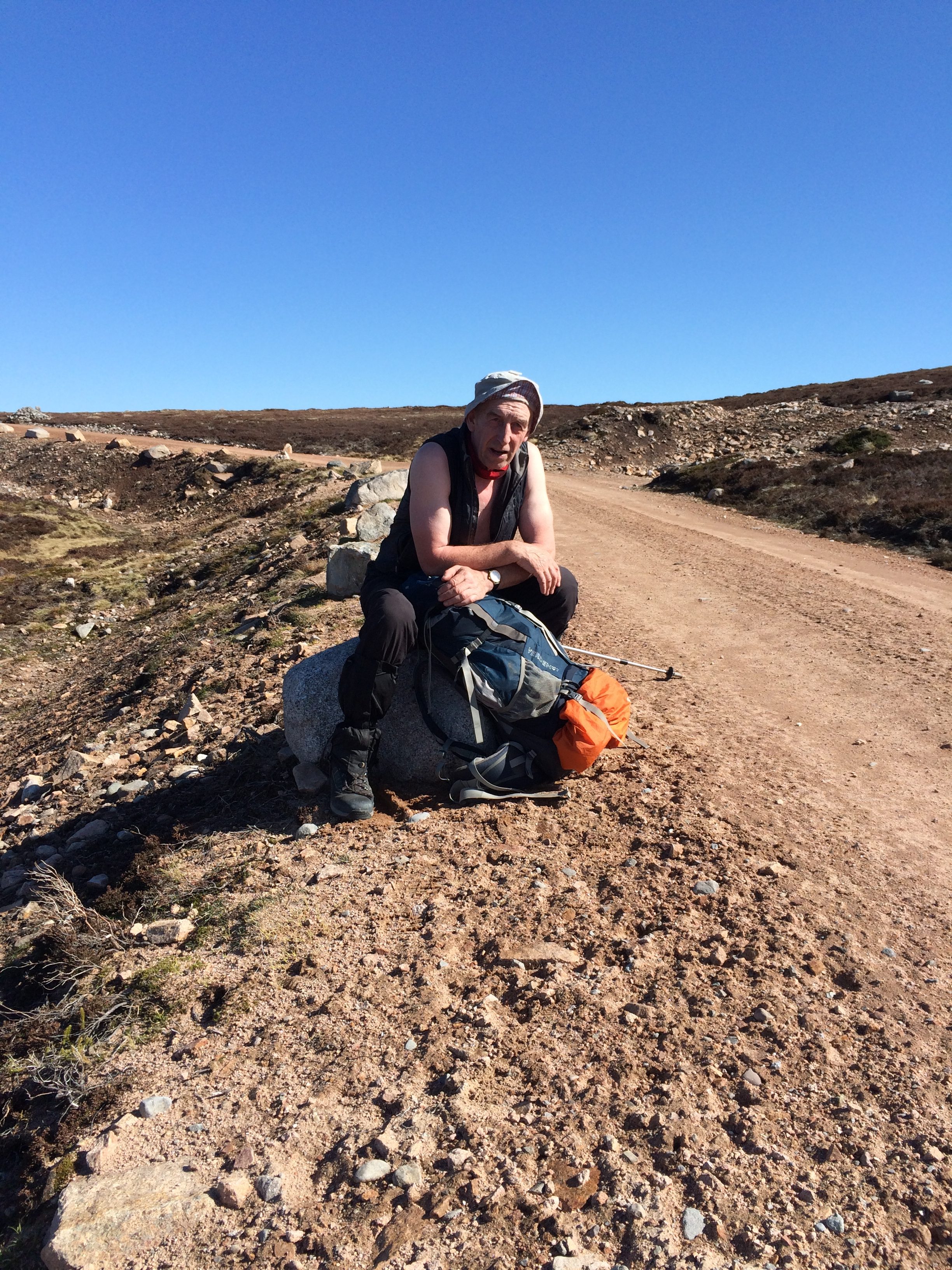
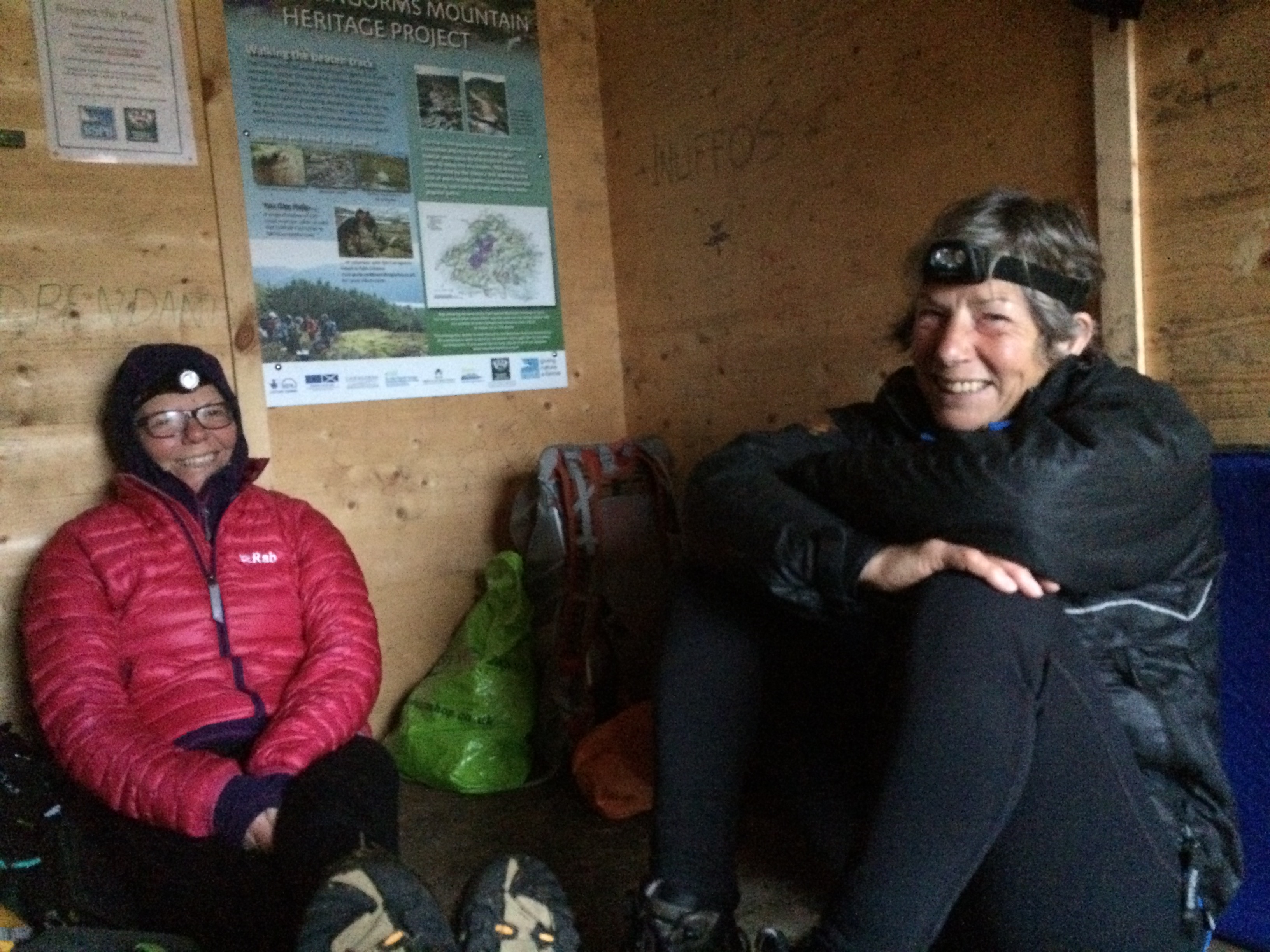
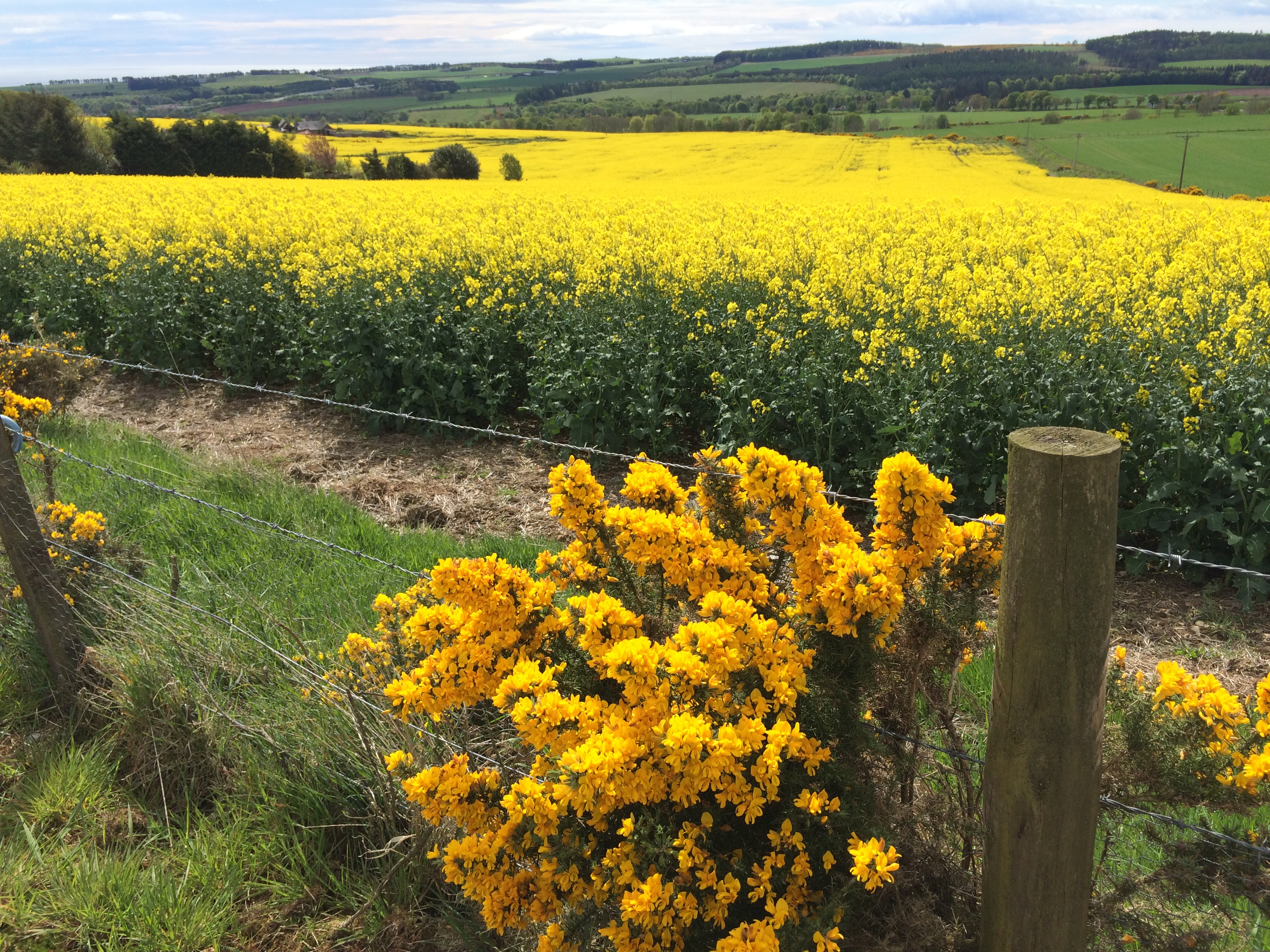


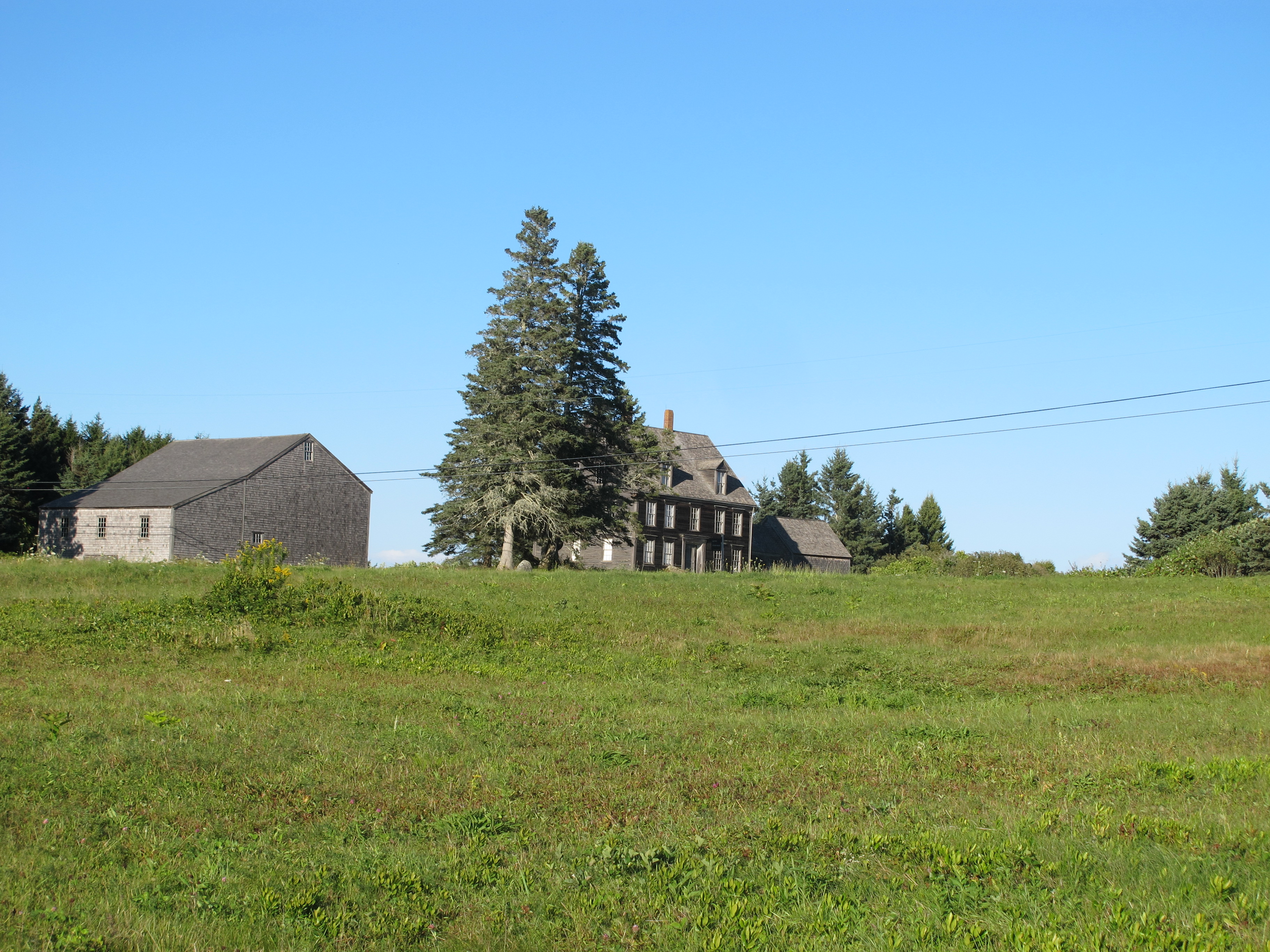
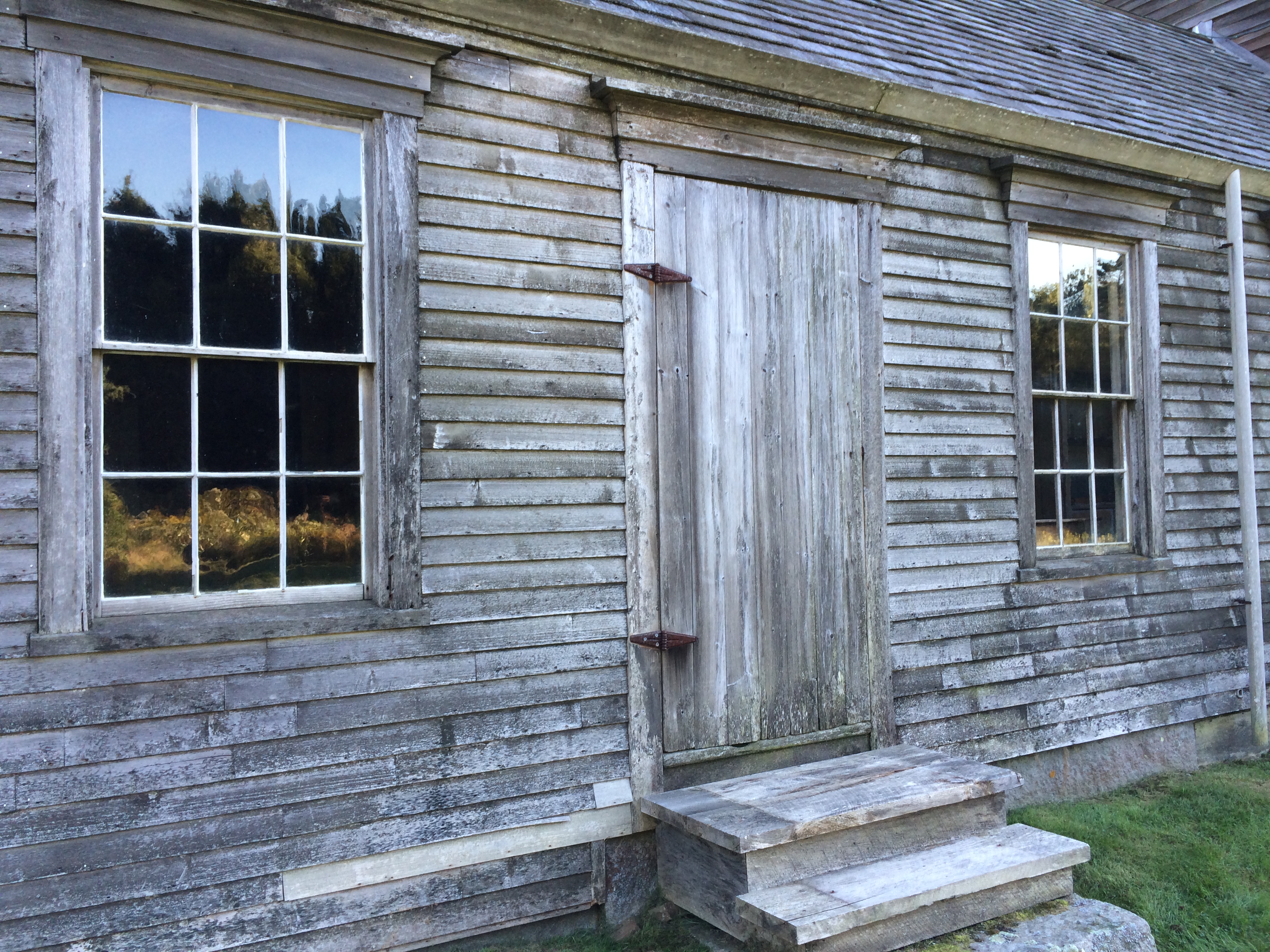


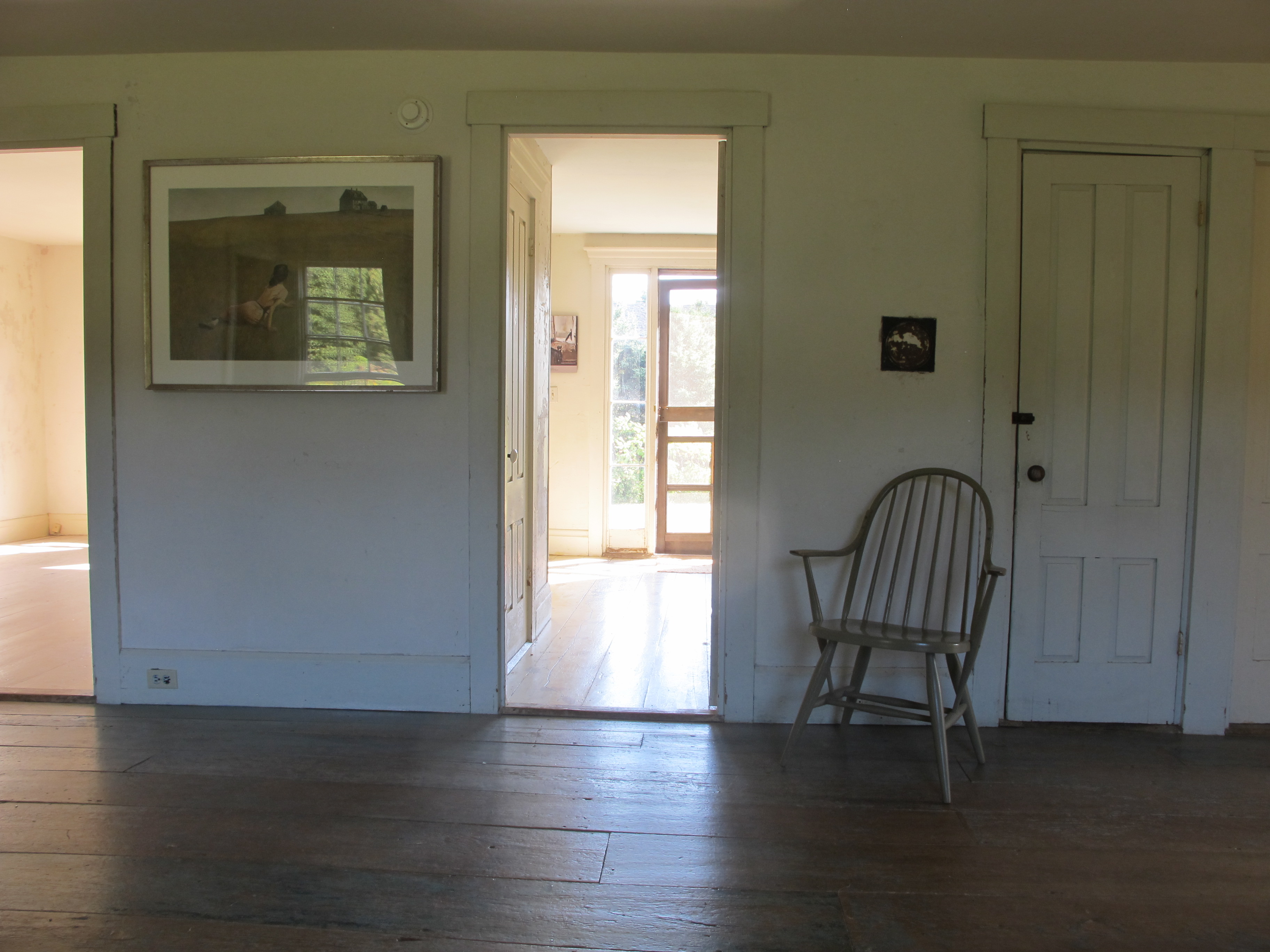
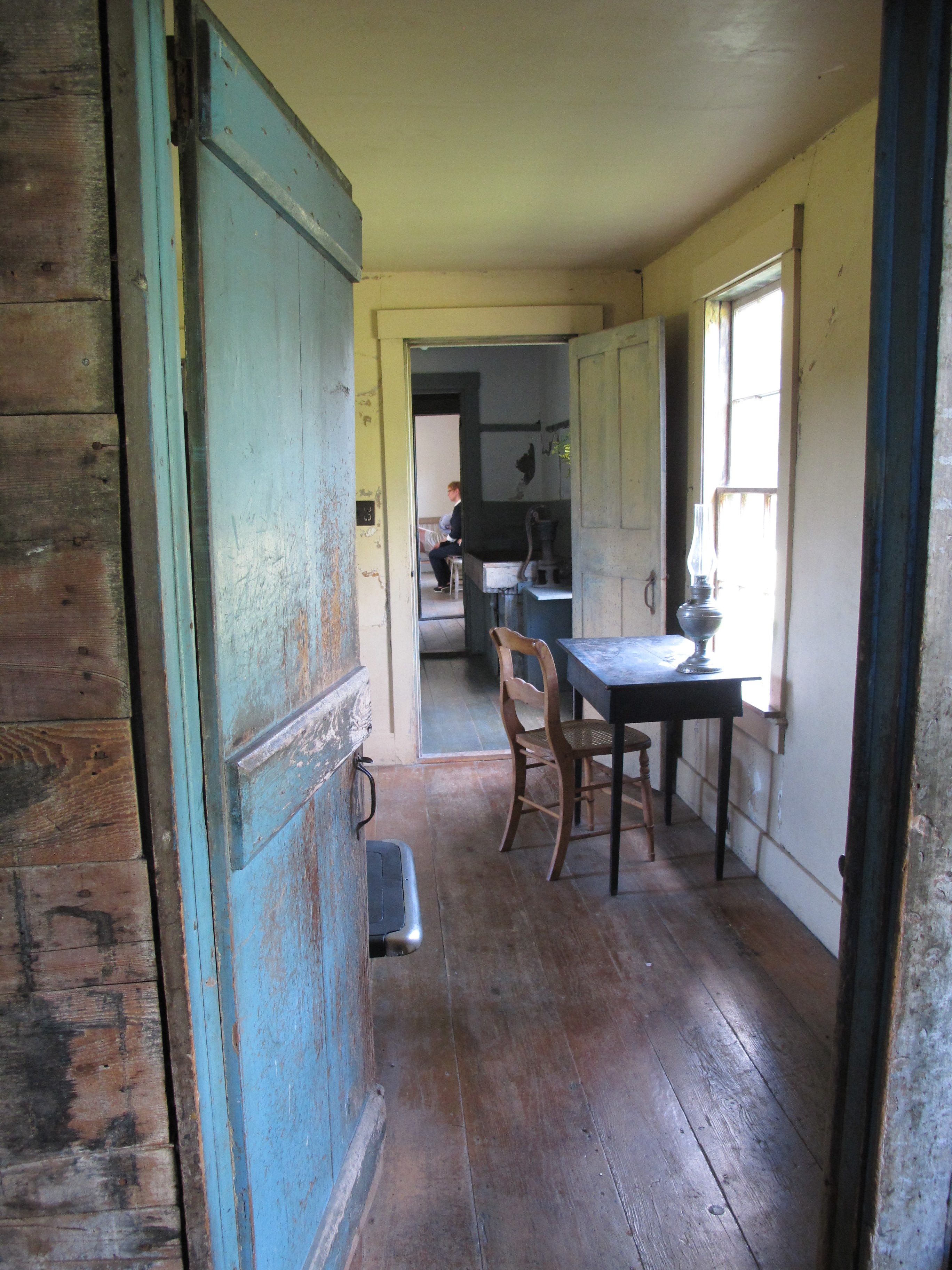
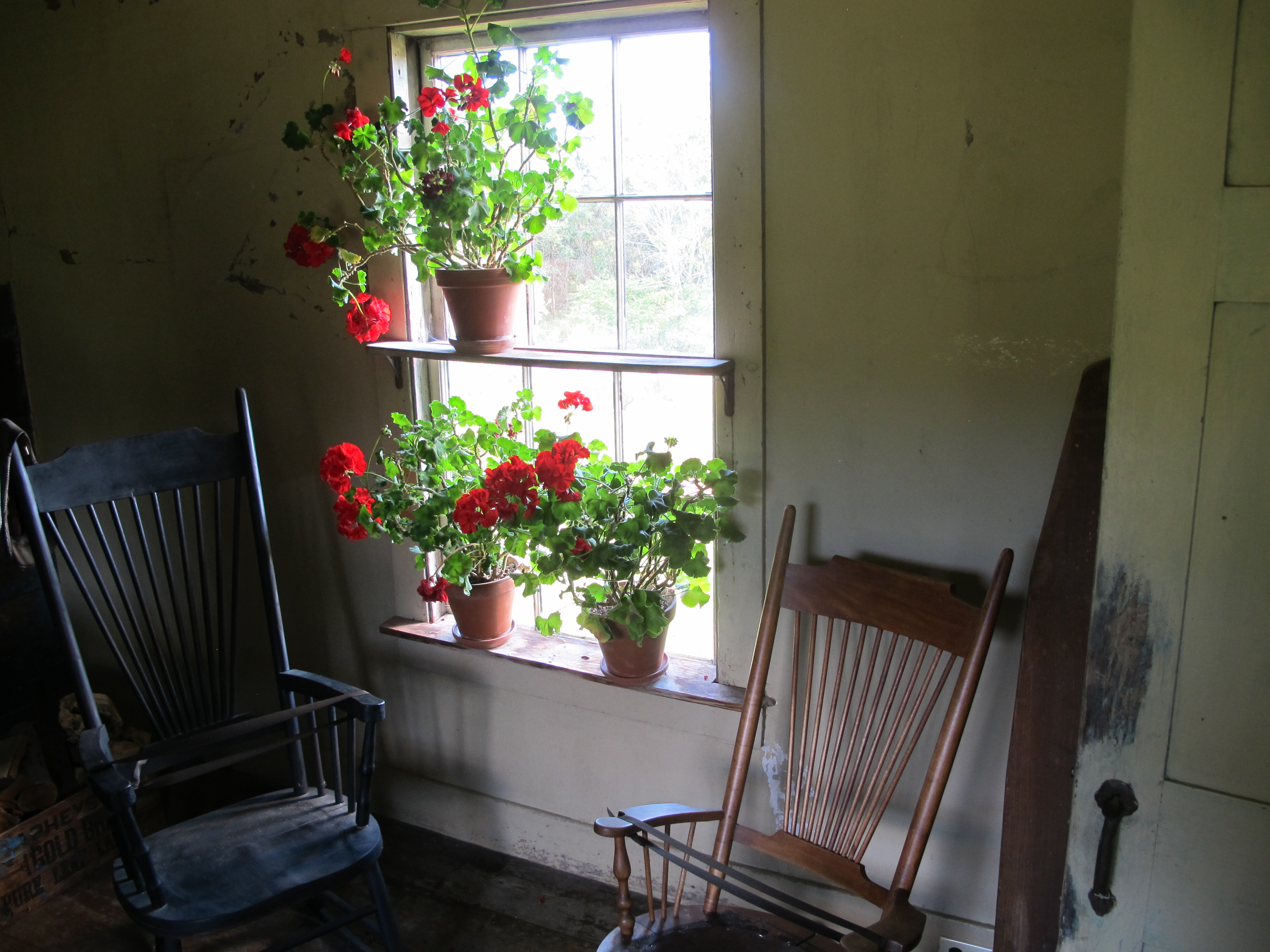

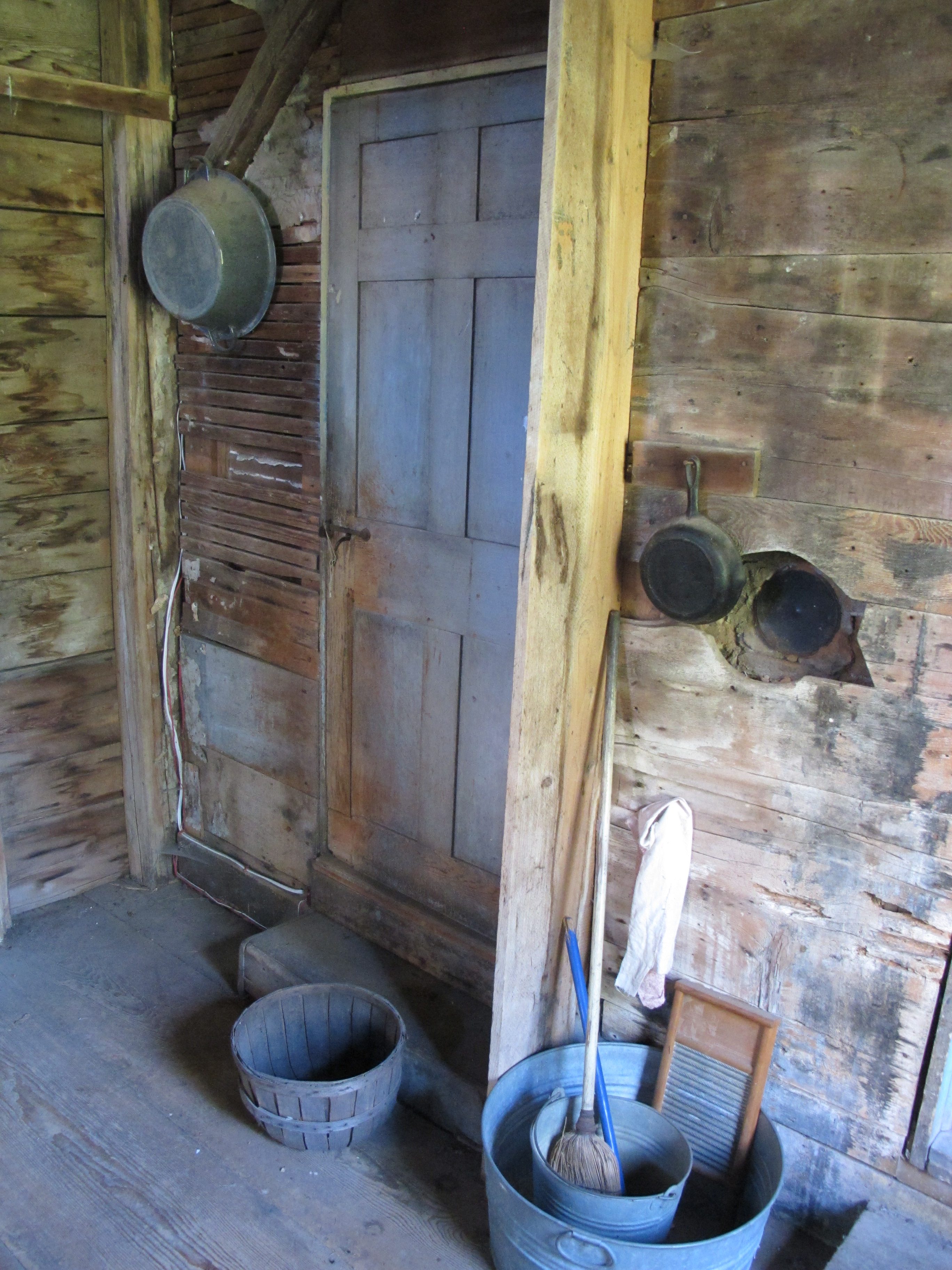

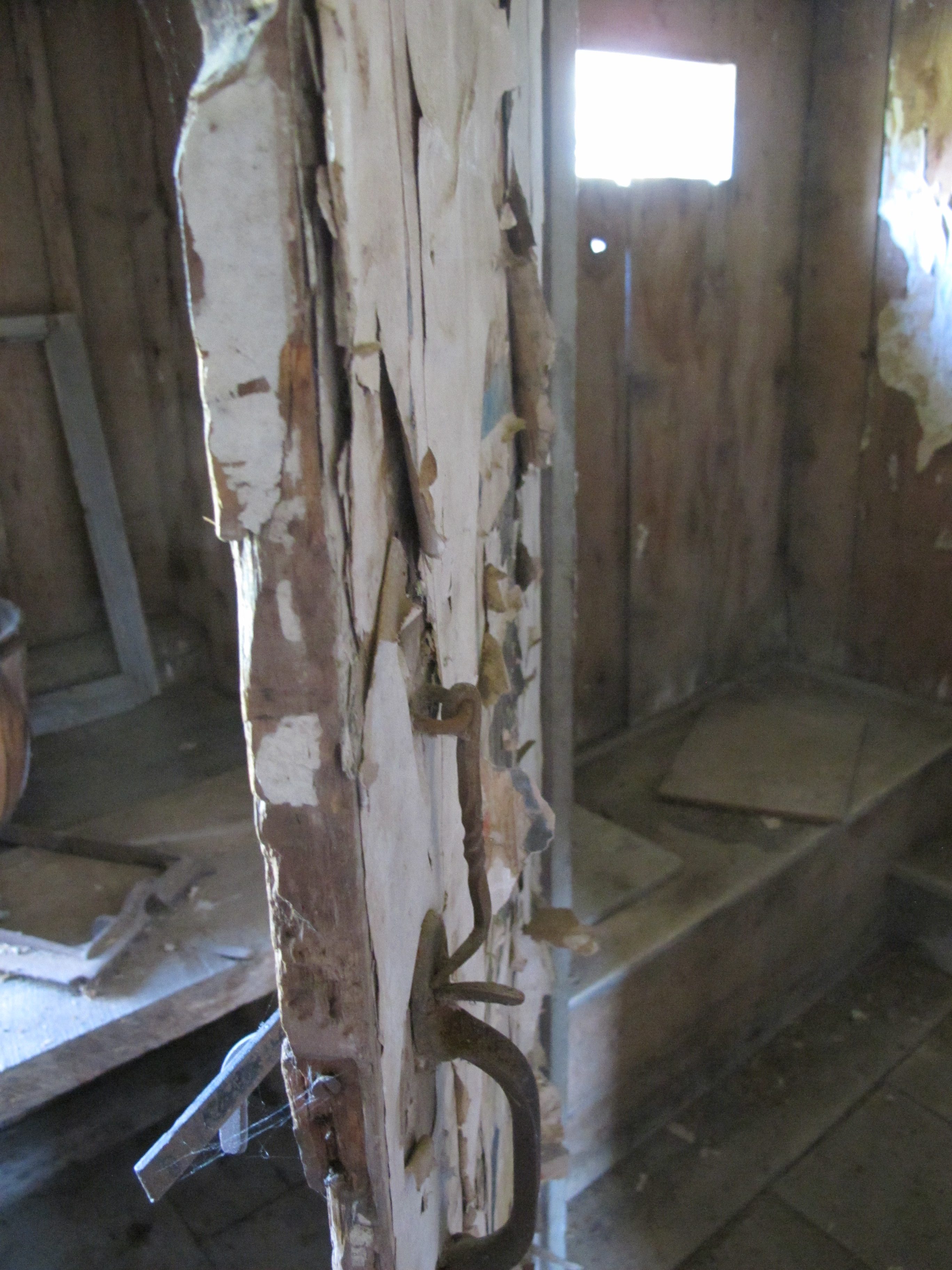

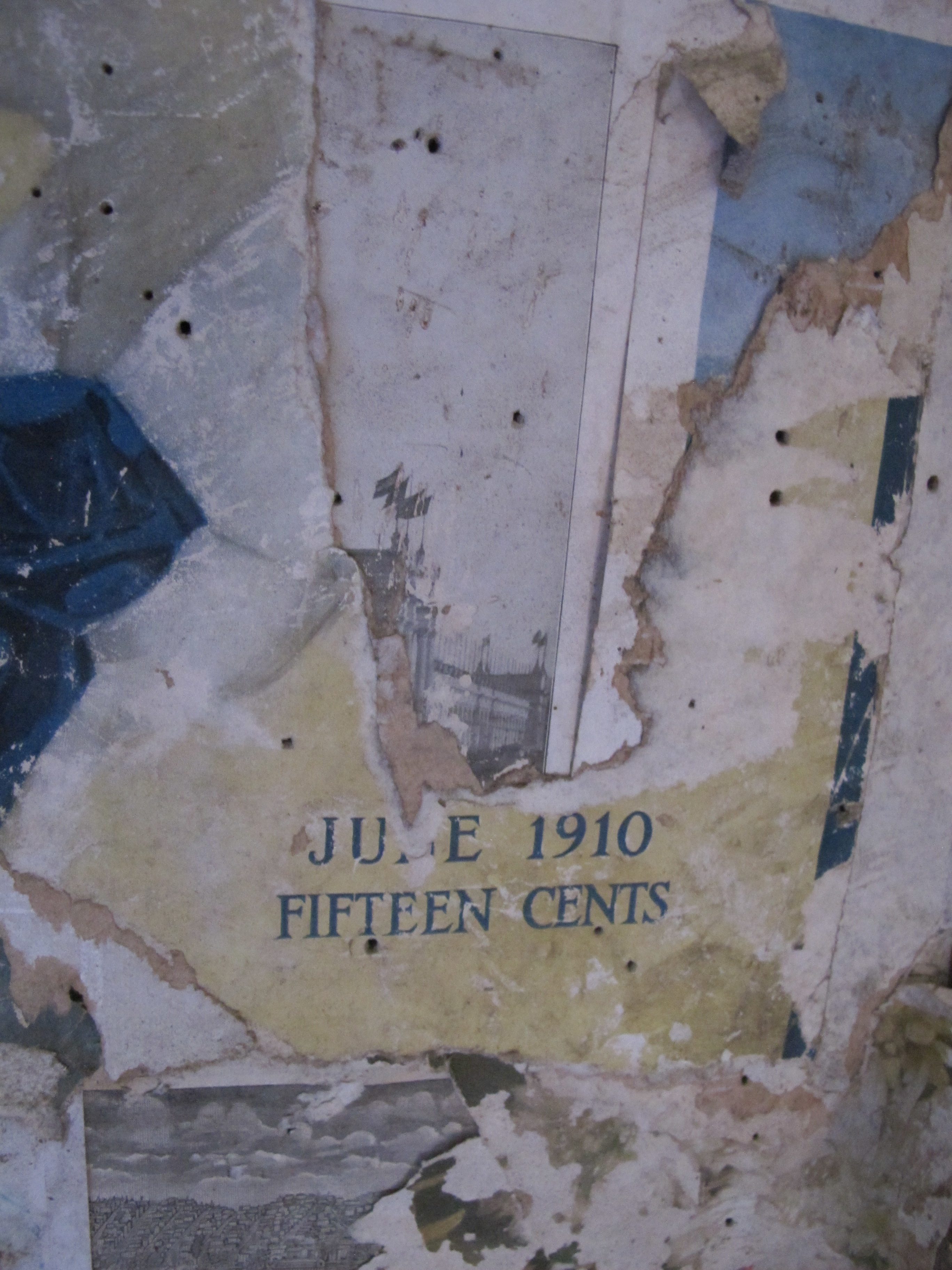






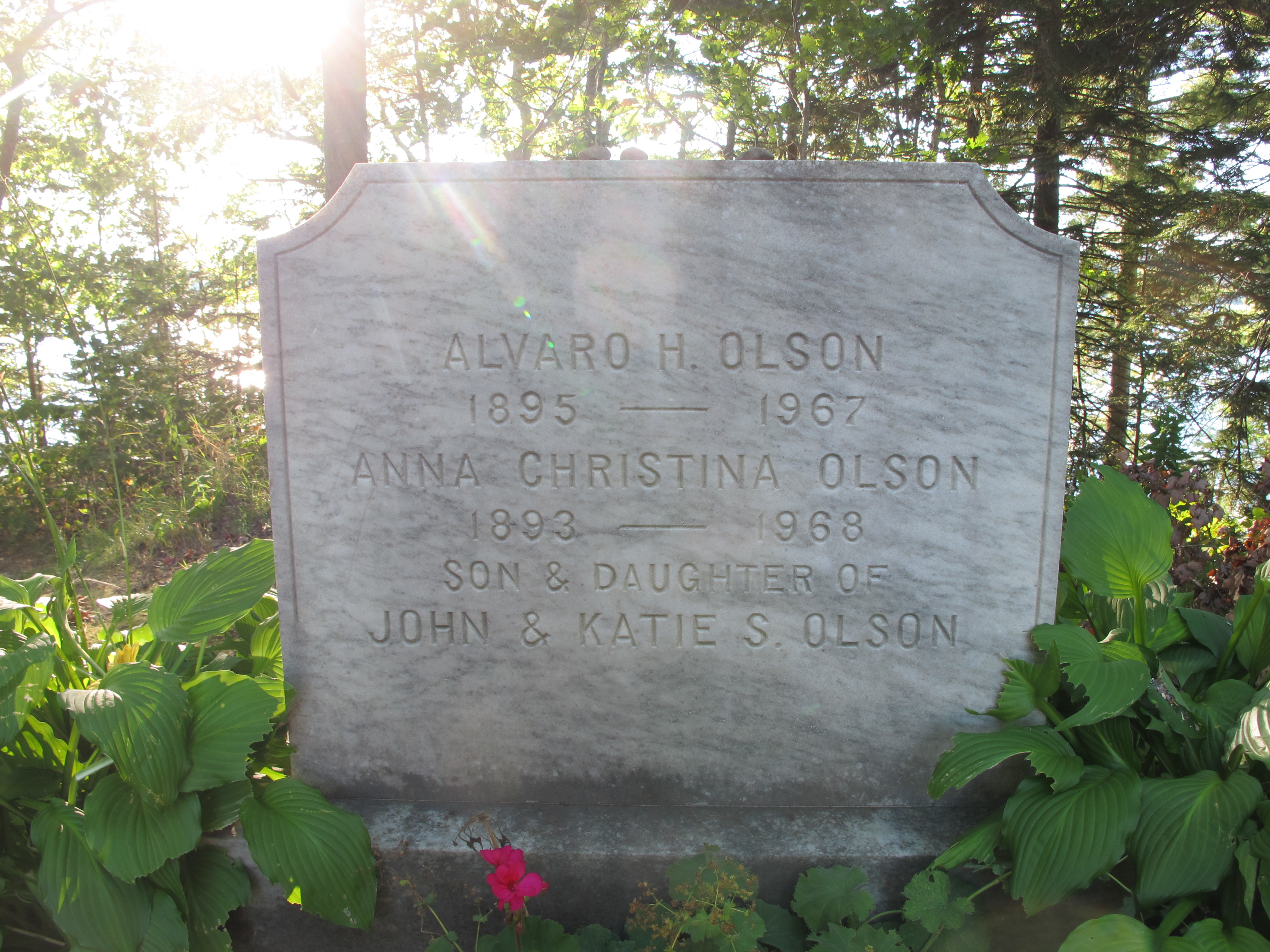
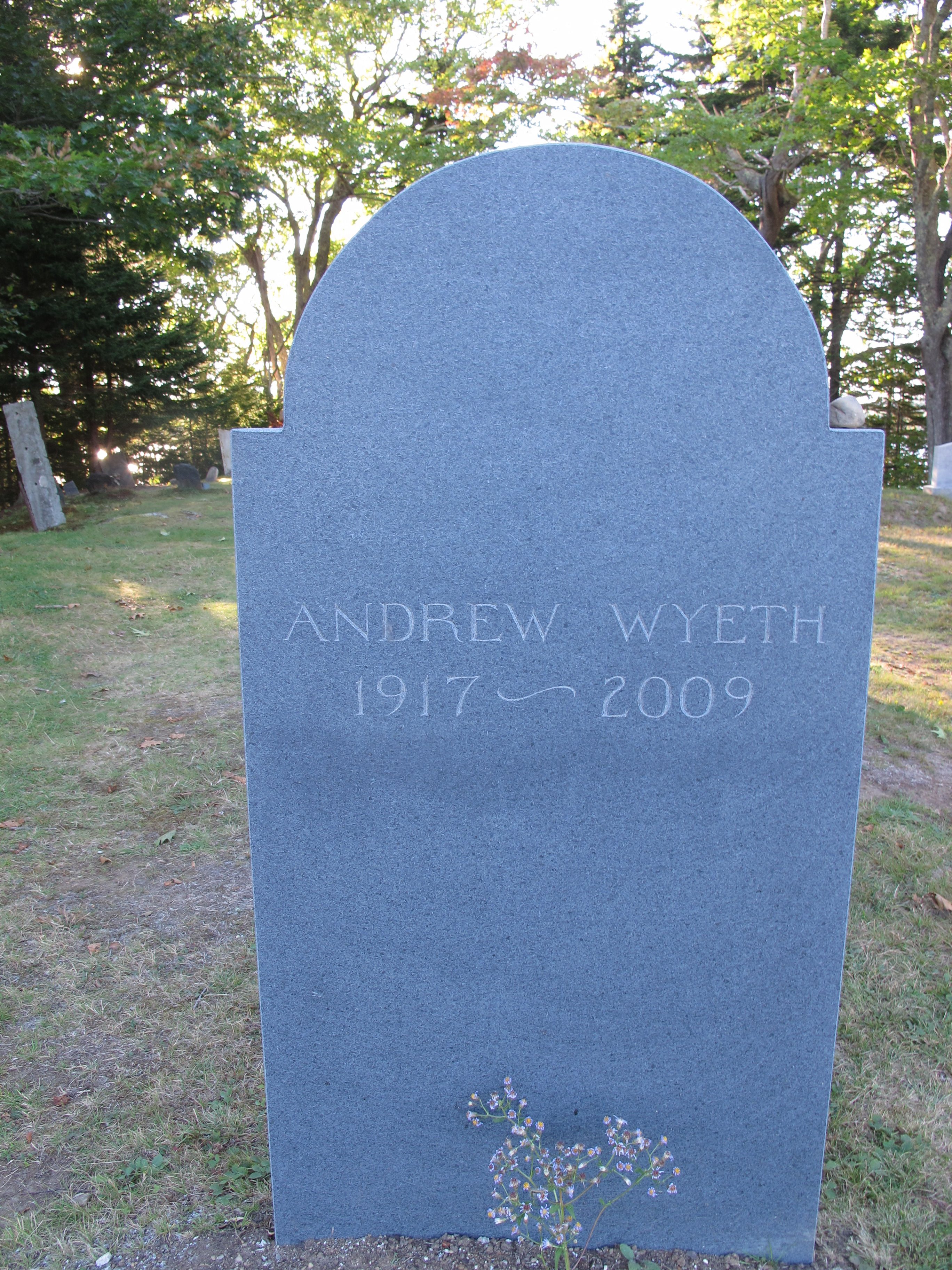
 The Milky Way rises in Big Bend National Park. (Brad Goldpaint/Getty Images)
The Milky Way rises in Big Bend National Park. (Brad Goldpaint/Getty Images)


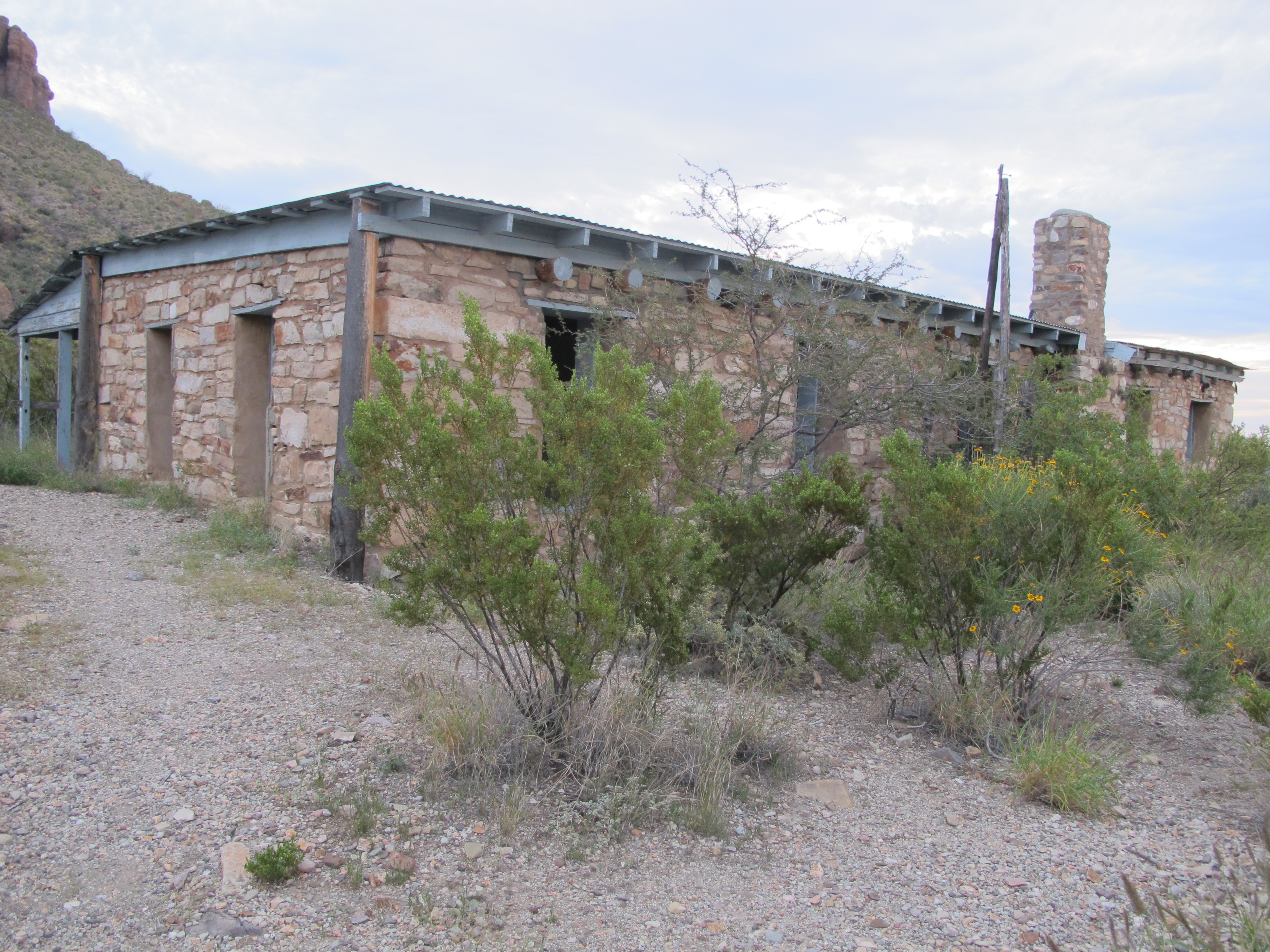
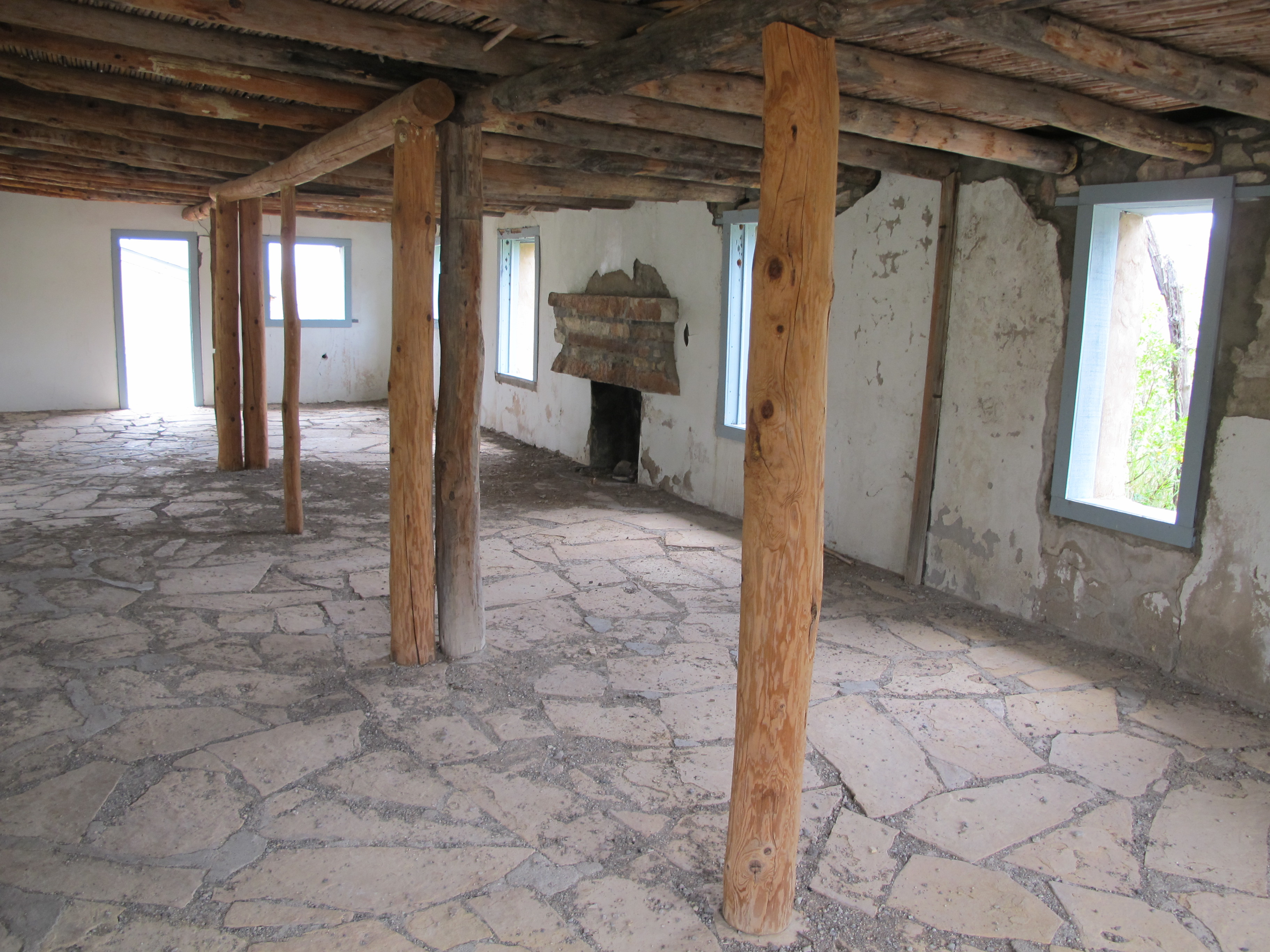


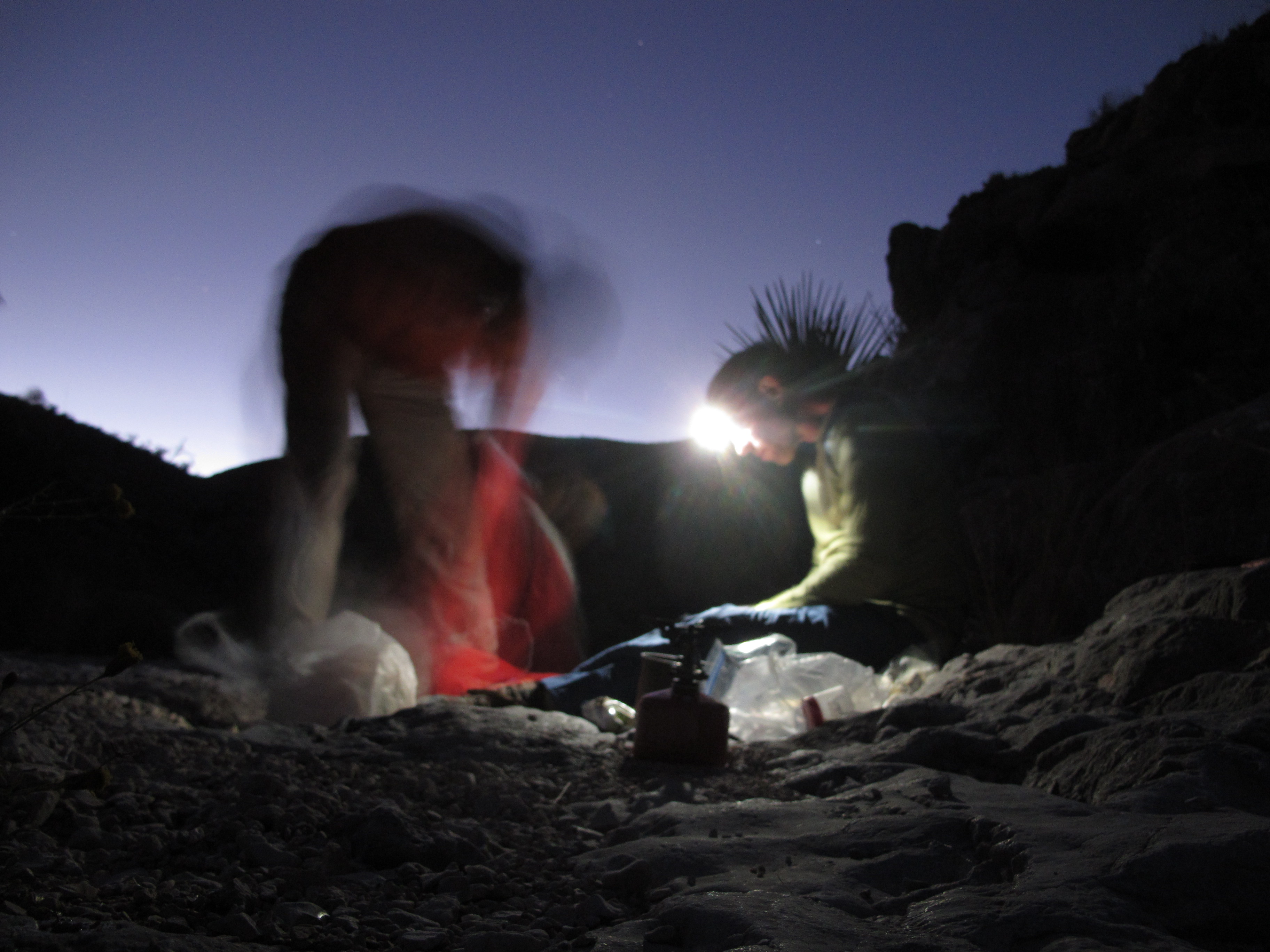

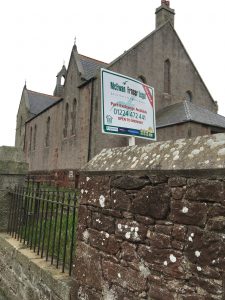
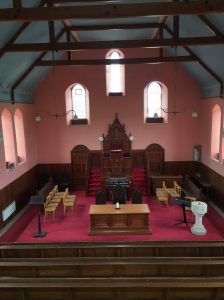


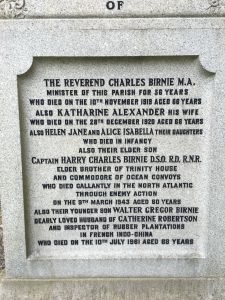
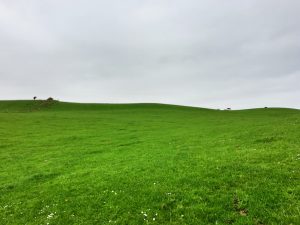

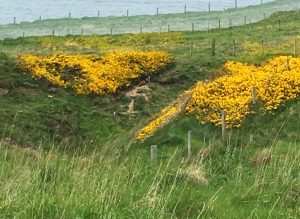

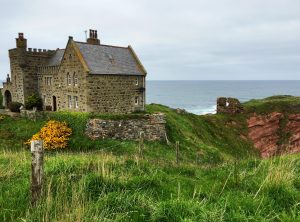
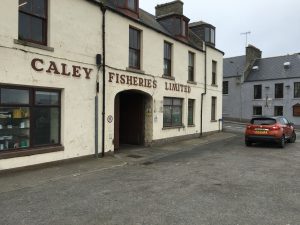

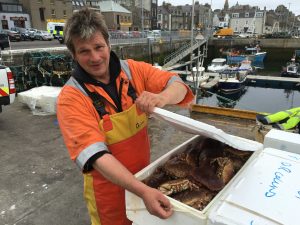
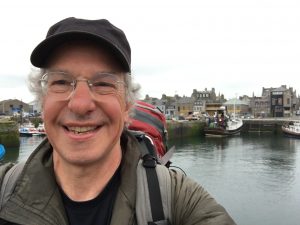
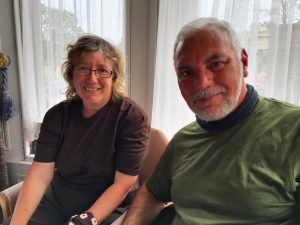
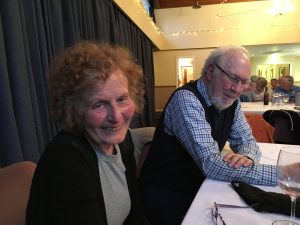
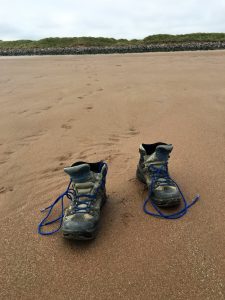





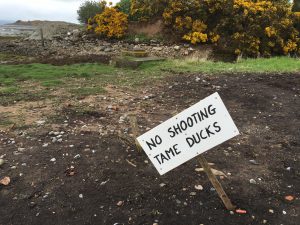


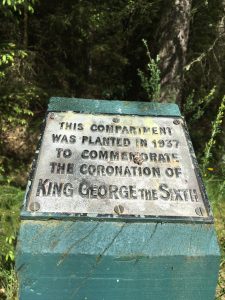

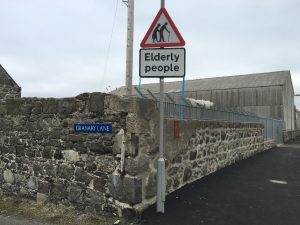
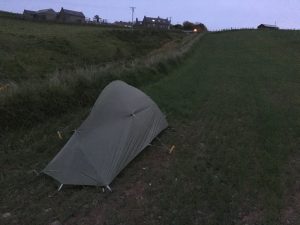
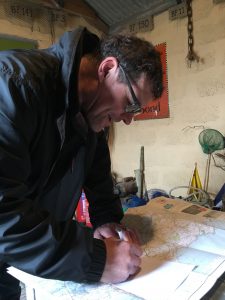
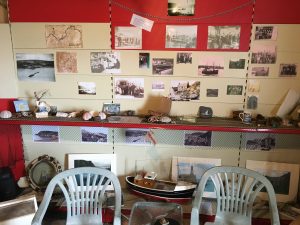
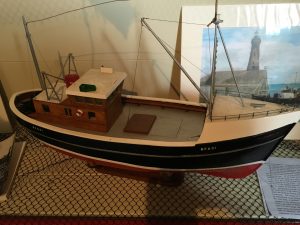
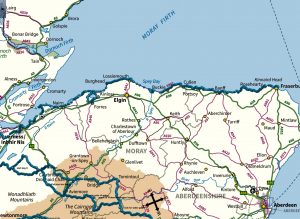
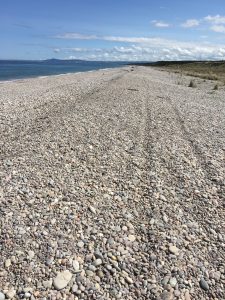
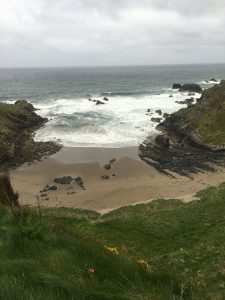
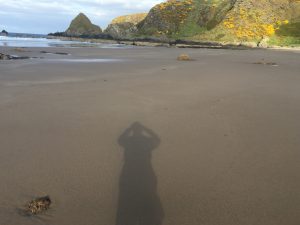
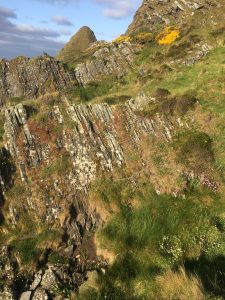
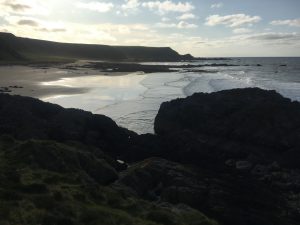
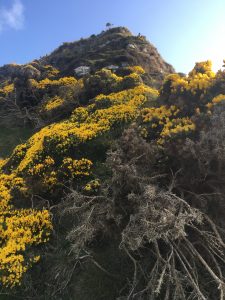
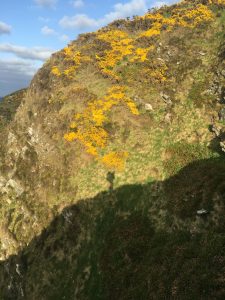



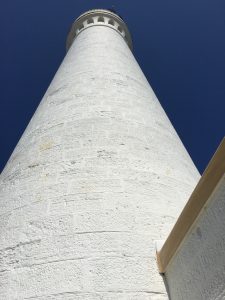
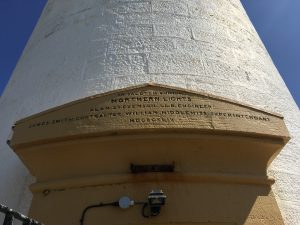
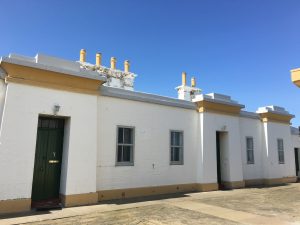

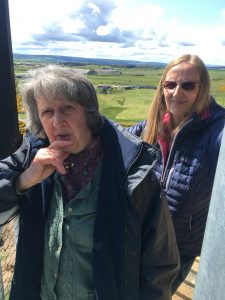

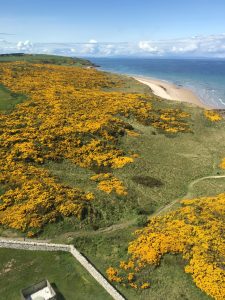
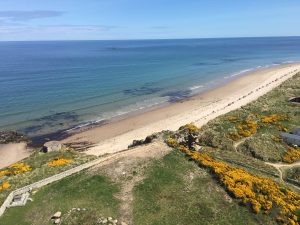
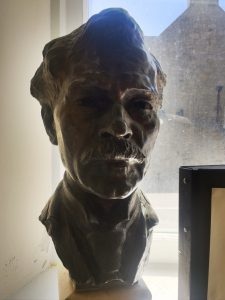

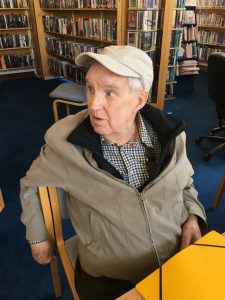

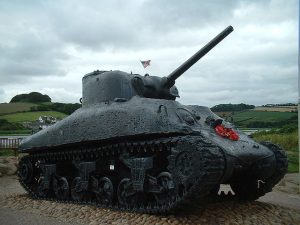

Recent Comments